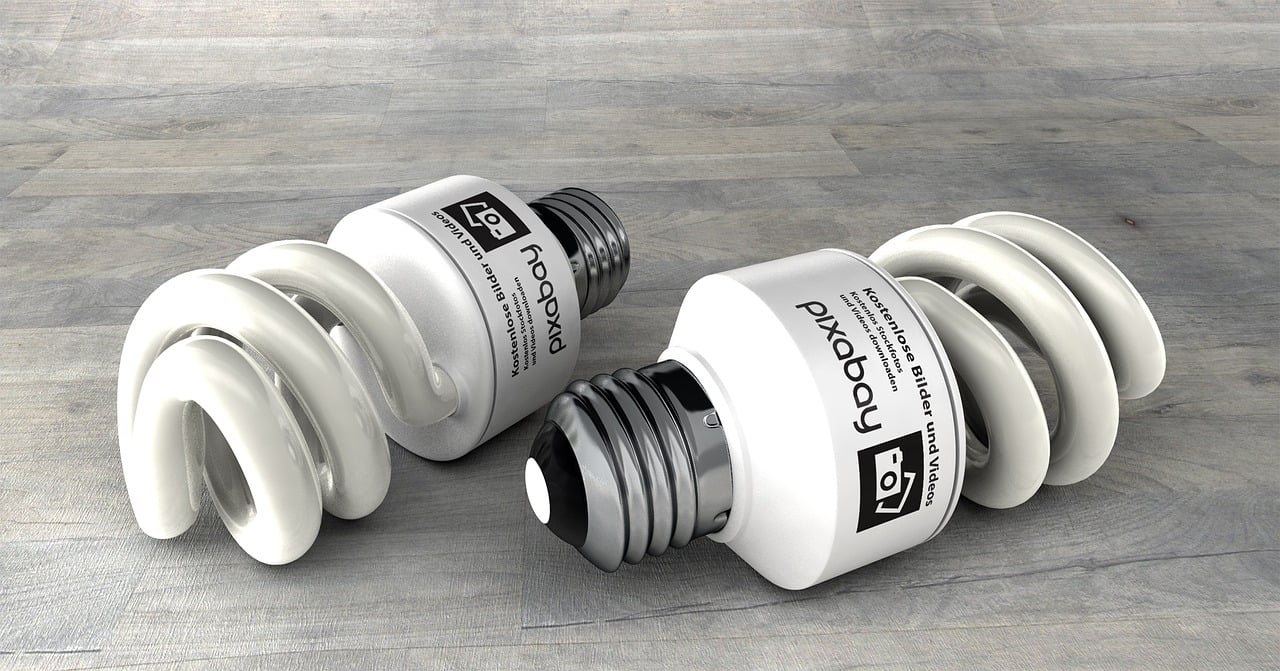Vocational Aptitude: Primary 1 First Term Lesson Notes Week 3
Topic: Types of Tools That Are Used by Professionals
Class Level: Primary 1
Term: First Term
Week: 3
Age: 5–6 years
Duration: 40 minutes
1. Behavioral Objectives
By the end of this lesson, pupils should be able to:
-
Recognize and name different hand tools and power tools used by professionals.
-
Understand the purpose of each tool.
-
Demonstrate the correct way to handle certain basic tools, like a hammer and pliers, during a role-play.
2. Key Terms and Definitions
-
Tools: Instruments used to do a job or task.
-
Hand tools: Tools that are used by hand (e.g., hammer, pliers, saw).
-
Power tools: Tools that need electricity or batteries to work (e.g., electric drill, power saw).
-
Craftsman: A skilled worker who uses tools to make or fix things.
-
Repair: Fixing something that is broken or damaged.
3. Warm-Up / Set Induction
Teacher (smiling): “Good morning, Superstars! Who can tell me what tools their mummy or daddy uses at home? I’m sure they use some, right?”
Adaora: “My daddy has a big hammer he uses to fix things in the house. I’ve seen him use it when the door broke!”
Teacher: “That’s fantastic, Adaora! A hammer is a very important tool. And did you know, there are many other tools that people use every day to help them do their jobs? Today, we’ll learn about some of these tools.”
Jide: “I think my mummy uses a broom, that’s a tool!”
Teacher (laughs): “Yes, Jide, a broom is a tool too! Whether it’s a hammer, broom, or saw, they are all tools that help us do important work.”
4. Entry Behavior
The pupils are already familiar with basic tools around the house and in the community, such as brooms, hammers, and screwdrivers. They also know that their parents use tools to fix things around the home or in their work.
5. Learning Materials and Resources
-
Real-life examples of hand tools and power tools (e.g., hammer, pliers, saw, electric drill).
-
Flashcards with pictures of tools.
-
Miniature versions of tools for demonstration.
-
Storybook or role-play scenario about a craftsman fixing a broken chair or table.
6. Background Knowledge
Children often witness people using tools around their homes or in the community. For example, they may have seen a carpenter or mechanic working with tools. The teacher will use these common experiences to introduce different types of tools and their uses in daily life.
7. Embedded Core Skills
-
Problem-solving: Understanding the purpose of each tool.
-
Fine motor skills: Handling small tools like pliers during practice.
-
Communication skills: Talking about what tools are used for.
8. Main Content
What are Tools?
Tools are objects that help people do work. Whether it’s a tool for fixing, building, or cleaning, tools make jobs easier and faster. Some tools are small, like a screwdriver that can fit into a toolbox, while others are bigger, like a ladder that is used to reach high places.
Types of Tools
Hand Tools
Hand tools are simple tools that you use with your hands. These tools don’t need electricity or batteries to work. Here are a few examples:
-
Hammer: Used for driving nails into wood or other materials.
-
Pliers: Used for holding things tightly or bending wires.
-
Saw: Used for cutting wood, plastic, or metal.
-
Screwdriver: Used to turn screws to hold things together.
-
Measuring Tape: Used to measure the length of something.
-
Ladder: Used to reach high places safely.
Power Tools
Power tools are tools that need electricity or batteries to work. They make work faster and easier. Some examples of power tools include:
-
Electric Drill: Used for making holes in materials.
-
Power Saw: Used for cutting wood or metal quickly.
-
Electric Sander: Used to smooth surfaces quickly.
-
Welding Machine: Used by welders to join metals together.
Why Do People Use Tools?
People use tools to make their work easier and faster. Imagine trying to fix a broken chair with only your hands—what a lot of work! But with a hammer, nails, and glue, the job is much faster.
9. Classroom Story – The Story of “Baba Ahmed the Carpenter”
Baba Ahmed is a carpenter who loves working with wood. Every day, he gets up early to head to her workshop, which is just down the road. Baba Ahmed uses a lot of tools, but his favorite is his saw, which he uses to cut wood into perfect shapes. He also has a measuring tape to measure the lengths of the pieces of wood before he cuts them.
One day, Baba Ahmed ’s neighbor, Mama Ngozi, came tohim with a broken table. “Baba Ahmed , my table broke. Can you fix it?” she asked.
Baba Ahmed smiled and said, “No problem, Mama Ngozi! I will fix it today.”
He took out his hammer and nails and began to work on the table. In just a few hours, the table was as good as new. “Thank you, Baba Ahmed !” said Mama Ngozi.
Baba Ahmed always says that using the right tools makes any job easier, and he loves using her power saw when she has to cut big pieces of wood.
10. Class Discussion with Pupils’ Contributions
Teacher: “Who has seen their mummy or daddy use tools at home? What kind of tools do they use?”
Blessing: “My mummy has a big broom she uses to sweep the house!”
Teacher: “That’s right, Blessing! A broom is a tool. It helps your mummy keep the house clean.”
Jide: “My daddy uses a big hammer to fix things in the house. He fixed our door last week!”
Teacher: “Yes, Jide, a hammer is a very important tool. It helps your daddy fix things.”
Teacher: “Now, can anyone tell me what tools might be used by someone who builds houses?”
Adaora: “A hammer, a saw, and a measuring tape!”
Teacher: “Perfect, Adaora! Those are all tools that a builder or carpenter would use.”
11. Activity – Fill-in-the-Blank (Multiple Choice)
1. A tool used to drive nails into wood is a ______.
a) saw
b) hammer
c) measuring tape
d) screwdriver
Answer: b) hammer
2. A carpenter uses a ______ to cut wood.
a) saw
b) broom
c) shovel
d) ladder
Answer: a) saw
3. To measure the length of a table, you would use a ______.
a) ruler
b) measuring tape
c) pliers
d) hammer
Answer: b) measuring tape
4. A tool used to fix screws is a ______.
a) saw
b) screwdriver
c) pliers
d) electric drill
Answer: b) screwdriver
5. A ladder helps you to ______.
a) sweep
b) climb
c) fix
d) measure
Answer: b) climb
12. Theory Questions
-
What is a hammer used for?
-
Name two hand tools and their uses.
-
Why do we use power tools?
-
What does a carpenter do?
-
Can a ladder be used for climbing? Give an example.
13. Teacher’s Role
-
Use real-life examples to explain the tools.
-
Demonstrate how certain tools work (e.g., showing a small hammer, pliers).
-
Lead the class discussion and encourage all children to share their thoughts.
-
Use a story to relate tools to real-life professionals like carpenters.
-
Guide the activity and help pupils with the fill-in-the-blank questions.
14. Pupils’ Role
-
Share what tools their parents use at home.
-
Participate in the classroom discussion and ask questions.
-
Engage in the role-play activity, pretending to be a worker using tools.
-
Complete the fill-in-the-blank questions and theory questions.
15. Assessment
-
Oral questioning: The teacher asks questions to assess understanding.
-
Flashcard activity: Pupils match tools to their uses.
-
Role-play: Pupils take turns pretending to be workers (carpenter, plumber, etc.) using the tools.
16. Conclusion (Warm, Reflective, Inspirational)
Teacher: “Well done, everyone! Today, we learned about many types of tools that people use every day to do important work. You’re all superstars, and one day, you’ll use these tools to help make the world a better place! Remember, every tool has a special job, just like every one of you. Keep your hands busy and your minds sharp!”
Some Examples of Vocations and their Professionals Primary 1
What Is Work? – Week 1 Primary 1 Vocational Aptitude Lesson Note













